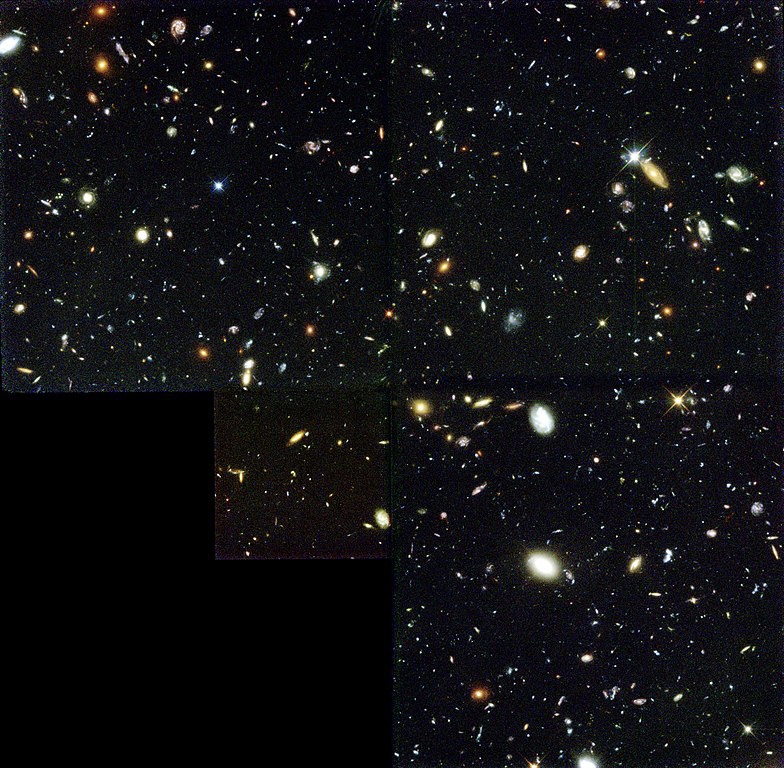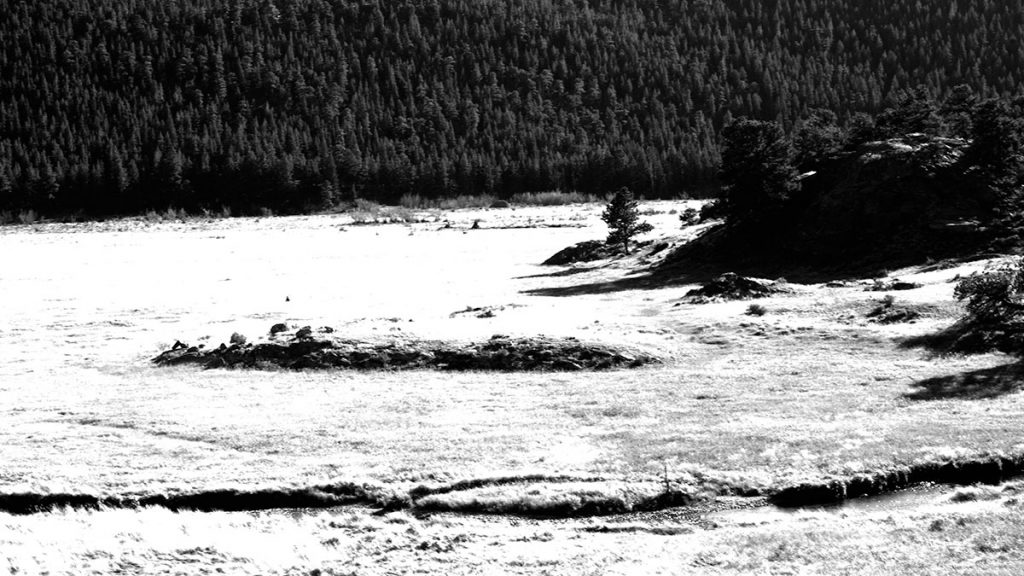
“It is what we call, optics…”


Ideas realized


There is naught eternal
But not eternal
Naught inherent
Nor apparent
Nothing finite
Not part infinite

Alan Moore: "[W]e are actually in what Einstein referred to as a block universe. This means that the universe of space-time is a colossal solid that is eternal and is unchanging. I think this is the view of conventional physics. There’s of course people who would contest that view, but that’s normal in physics, and Einstein’s theory has so far stood up to the most rigorous testing. In the decades since his death, nobody has disproved it. So, if we are in a block universe that is eternal and unchanging, that means that everything within that universe is also eternal and unchanging. It means that we are not really moving through our lives. Time isn’t there. Instead, our consciousness is moving through a solid medium of space-time. The best way to imagine this is as a reel of film. Each of those little images on the reel of film are fixed and unchanging. There is no movement in them. However, when we apply the beam of a projector to them, or the beam of consciousness in the analogy that I’m making, then Charlie Chaplin does his funny walk and saves the girl and defeats the baddie. You’ve got action. You’ve got morality. You’ve got narrative. You’ve got events. From static images. And if that is the case, if we are in an unchanging and eternal solid, then that means we’re in it forever, and that all of the past is still there and is still happening, back in the past. And the future is already happening. That we are already dead. We are not yet born. That this is the nature of time, and that if everything in the past is still there, that includes our lives and the lives of everybody else, and every moment of consciousness within those lives. So it seems to me that, basically, we are living in an eternal recurrence, that when your consciousness reaches its concluding point at your death, it has nowhere to go but back to the beginning of that reel of film. And it will always seem like the first time, even though it doesn’t really make sense to talk about a first time. That seems to me to offer a rational way around the concept of death. I think I’ve made a pretty good stab at it."

South of st louis, Two strays took canvas Through plains of kansas Via missouri. Windmills Stood Stilled Betwixt plains and hills. Mountain dark shadows Over elk king’s meadow, There snow-melt stream Divided sun and moon beams. Where flats met heights, Rung sacred rites, Sung by the sands of time Casting shadowy lines.


From ignorance, conception
and volitional action,
Thus consciousness is born,
Giving rise to name and form,
That sense sources inform.
Contact abstracts,
Feelings impact,
Attachment to never-lasting,
To which one is ever grasping.
Succumbing thus becoming,
In birth
But age and death.
In Aggregation,
Causes and Conditions,
Dependent Origination.
Strings on “Dependent Arising “

Endure. For the benefit of others, Endure.